Why Choose the Chashaku...?
Or, as you may ask, "what's the scoop on the chashaku?" 😉
When dealing with matcha (Japanese powdered green tea), there are three tools (or dōgu) that are considered essential. Those are the chawan (tea bowl), chasen (tea whisk), and—last but not least—the chashaku. In Japanese, chashaku literally translates to “tea scoop”. It’s basic job? To literally scoop the tea powder.
Many matcha practitioners lament that one of the most arduous tasks of prepping the drink is getting to the actual powder. Green tea powder is usually kept in canisters and small lacquered boxes (chaki) prior to being served. A standard teaspoon is simply not designed for the task of scooping the right amount. Enter: the chashaku.

The chashaku was originally a Chinese innovation. They were originally intended as a standard, general dispensing spoon. Early chashakus were made of metal and ivory, or some combination of the two. When the spoon design was introduced to Japan in the Muromachi period (circa the 14th and 15th century), it was utilized specifically as a tea powder spoon. However, the ivory ones were too delicate and the metal spoons were too wide.
Since then, chashakus were developed from other woods. But most standard chashakus are made of bamboo. Design-wise, they are made of one narrow piece carved from bamboo. True tea masters in Japan are known to carve their own.
Ideally, a chashaku is 18cm in length, made with almost a 48° curve at the base. The “scoop” should be flatter, and slightly wider than the rest of the body for measuring out matcha efficiently. One chashaku scoopful of matcha equates to roughly a third of a teaspoon of matcha powder. Two scoopfuls of powder equate to a standard amount for usucha style brewing (1/2 teaspoon).
Bamboo chashakus come in many different styles and variances. Mizuba Tea Co's chashakus fall into the “gomadake” category—meaning, “sesame seed bamboo” texture. Bamboo that’s been half-withered to welcome brown flecks take on a sesame-like appearance on the inlay.
There really is no substitute for the chashaku. Some people use small bowls instead of chawans, or egg-beaters, metal whisks, or spoons (cringe!) instead of chasens, but other spoons simply can’t replace the chashaku. Even the smallest sugar spoon is too wide to properly scoop out matcha. A chashaku, by its very utilitarian design, measures out just the right amount of leaf powder, and guarantees some measure of control over the prospective brew.
There is also the consideration of tradition. Along with the other ceremonial tools used for cha-no-yu (tea ceremony), one truly gets a sense of what it was like to try matcha in its original, unfettered way. Each bowl of matcha is like stepping back in time. Each scoopful of matcha is like a step on that journey back. The best part? It's an easy journey to make.


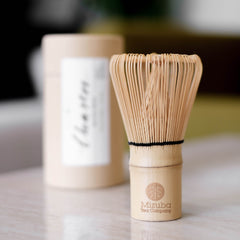
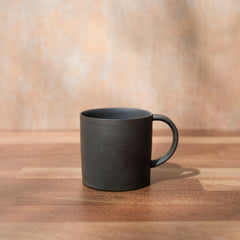
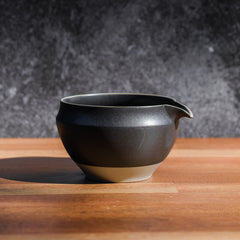
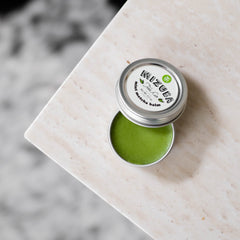
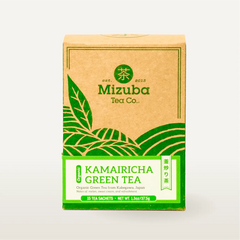

Leave a comment